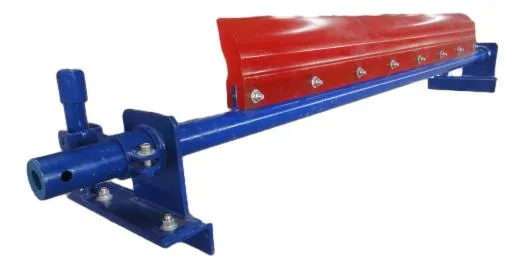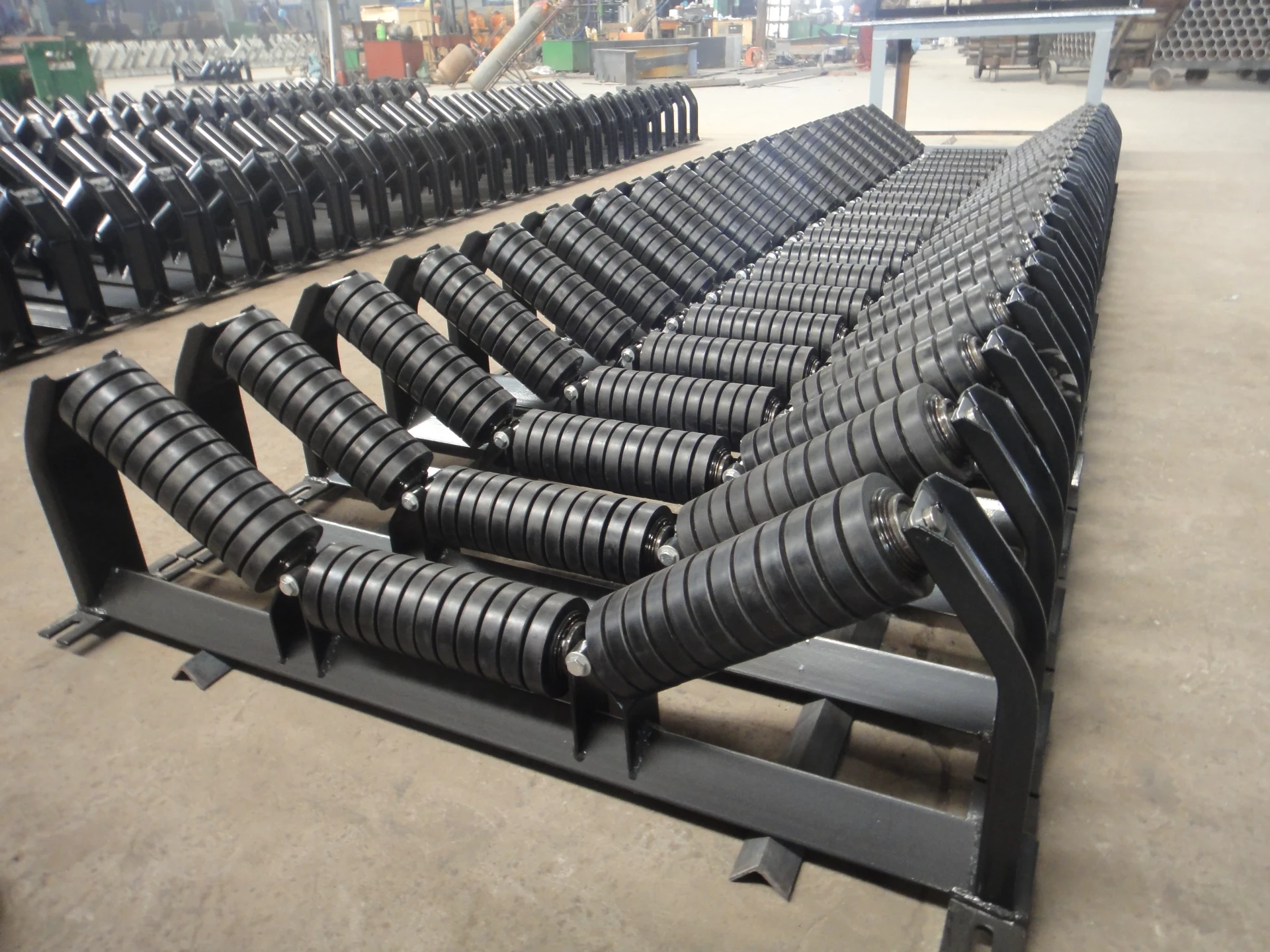 Afrikaans
Afrikaans  Albanian
Albanian  Amharic
Amharic  Arabic
Arabic  Armenian
Armenian  Azerbaijani
Azerbaijani  Basque
Basque  Belarusian
Belarusian  Bengali
Bengali  Bosnian
Bosnian  Bulgarian
Bulgarian  Catalan
Catalan  Cebuano
Cebuano  Corsican
Corsican  Croatian
Croatian  Czech
Czech  Danish
Danish  Dutch
Dutch  English
English  Esperanto
Esperanto  Estonian
Estonian  Finnish
Finnish  French
French  Frisian
Frisian  Galician
Galician  Georgian
Georgian  German
German  Greek
Greek  Gujarati
Gujarati  Haitian Creole
Haitian Creole  hausa
hausa  hawaiian
hawaiian  Hebrew
Hebrew  Hindi
Hindi  Miao
Miao  Hungarian
Hungarian  Icelandic
Icelandic  igbo
igbo  Indonesian
Indonesian  irish
irish  Italian
Italian  Japanese
Japanese  Javanese
Javanese  Kannada
Kannada  kazakh
kazakh  Khmer
Khmer  Rwandese
Rwandese  Korean
Korean  Kurdish
Kurdish  Kyrgyz
Kyrgyz  Lao
Lao  Latin
Latin  Latvian
Latvian  Lithuanian
Lithuanian  Luxembourgish
Luxembourgish  Macedonian
Macedonian  Malgashi
Malgashi  Malay
Malay  Malayalam
Malayalam  Maltese
Maltese  Maori
Maori  Marathi
Marathi  Mongolian
Mongolian  Myanmar
Myanmar  Nepali
Nepali  Norwegian
Norwegian  Norwegian
Norwegian  Occitan
Occitan  Pashto
Pashto  Persian
Persian  Polish
Polish  Portuguese
Portuguese  Punjabi
Punjabi  Romanian
Romanian  Russian
Russian  Samoan
Samoan  Scottish Gaelic
Scottish Gaelic  Serbian
Serbian  Sesotho
Sesotho  Shona
Shona  Sindhi
Sindhi  Sinhala
Sinhala  Slovak
Slovak  Slovenian
Slovenian  Somali
Somali  Spanish
Spanish  Sundanese
Sundanese  Swahili
Swahili  Swedish
Swedish  Tagalog
Tagalog  Tajik
Tajik  Tamil
Tamil  Tatar
Tatar  Telugu
Telugu  Thai
Thai  Turkish
Turkish  Turkmen
Turkmen  Ukrainian
Ukrainian  Urdu
Urdu  Uighur
Uighur  Uzbek
Uzbek  Vietnamese
Vietnamese  Welsh
Welsh  Bantu
Bantu  Yiddish
Yiddish  Yoruba
Yoruba  Zulu
Zulu Feb . 04, 2025 03:49
Back to list
return roller
Conveyor belts are integral components of industrial operations, transporting materials efficiently across various points in a facility. Among the crucial parts of a conveyor system, the return roller plays a pivotal role in maintaining smooth operations by supporting the returning side of the conveyor belt. Understanding the intricacies of return rollers can significantly enhance operational efficiency, ensuring longevity and reliability in material handling.
Trust in the functionality and durability of return rollers also comes from real-world application success stories. Case studies from industries such as mining, agriculture, and logistics demonstrate how investing in high-quality return rollers yields significant returns. These benefits are observed in the form of reduced downtime, lower maintenance costs, and enhanced efficiency in the transportation of goods. Companies that prioritize strategic procurement of these components often report not only enhanced productivity but also lower total cost of ownership over time. Professionals in conveyor system management underline the importance of integrating advanced technology into return roller design. Smart sensors that monitor the condition of the roller belt can provide real-time data to operators, facilitating predictive maintenance strategies. Such innovations ensure that the rollers perform optimally throughout their lifecycle, preemptively addressing issues before they escalate into major faults. Furthermore, the global shift towards sustainability is influencing the development of energy-efficient return rollers. Manufacturers are now focusing on reducing the energy consumption of conveyors by improving the design and material composition of return rollers. Sustainable options like rollers made from recycled materials and those designed to minimize friction contribute to a lower carbon footprint and are becoming increasingly popular among eco-conscious businesses. In summary, expertise in the selection and maintenance of return rollers is essential for optimizing conveyor belt operations. The choice of return roller should be guided by a thorough understanding of the specific application needs, combined with regular maintenance to ensure optimal performance. Trustworthy manufacturers provide products that not only meet industry standards but also offer innovative features that enhance efficiency and sustainability. By integrating technological advancements and focusing on sustainability, businesses can ensure the effective, reliable, and environmentally friendly operation of their conveyor systems.


Trust in the functionality and durability of return rollers also comes from real-world application success stories. Case studies from industries such as mining, agriculture, and logistics demonstrate how investing in high-quality return rollers yields significant returns. These benefits are observed in the form of reduced downtime, lower maintenance costs, and enhanced efficiency in the transportation of goods. Companies that prioritize strategic procurement of these components often report not only enhanced productivity but also lower total cost of ownership over time. Professionals in conveyor system management underline the importance of integrating advanced technology into return roller design. Smart sensors that monitor the condition of the roller belt can provide real-time data to operators, facilitating predictive maintenance strategies. Such innovations ensure that the rollers perform optimally throughout their lifecycle, preemptively addressing issues before they escalate into major faults. Furthermore, the global shift towards sustainability is influencing the development of energy-efficient return rollers. Manufacturers are now focusing on reducing the energy consumption of conveyors by improving the design and material composition of return rollers. Sustainable options like rollers made from recycled materials and those designed to minimize friction contribute to a lower carbon footprint and are becoming increasingly popular among eco-conscious businesses. In summary, expertise in the selection and maintenance of return rollers is essential for optimizing conveyor belt operations. The choice of return roller should be guided by a thorough understanding of the specific application needs, combined with regular maintenance to ensure optimal performance. Trustworthy manufacturers provide products that not only meet industry standards but also offer innovative features that enhance efficiency and sustainability. By integrating technological advancements and focusing on sustainability, businesses can ensure the effective, reliable, and environmentally friendly operation of their conveyor systems.
Next:
Latest news
-
Taper Centering Idler Set for Conveyor SystemsNewsJun.25,2025
-
Small Idler Rollers for Industrial ConveyorsNewsJun.25,2025
-
Guide Training Idler Set for Conveyor MaintenanceNewsJun.25,2025
-
Friction Offset Idler Set for Industrial UseNewsJun.25,2025
-
Double-Center-Roller Idler AlignmentNewsJun.25,2025
-
Channel Inset Impact Troughing Idler Set for Heavy LoadsNewsJun.25,2025
OUR PRODUCTS





























